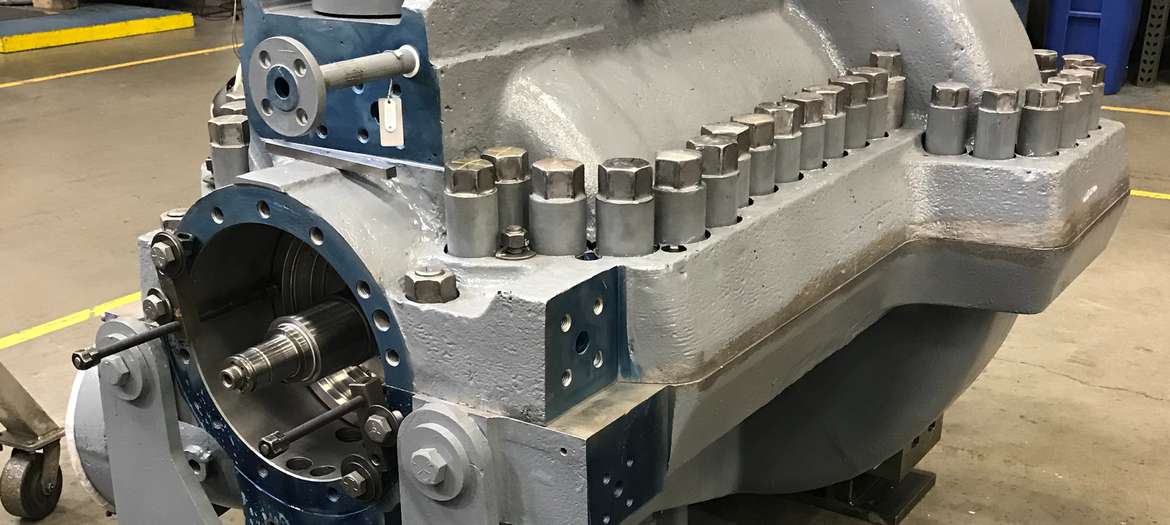
Upgrading oil-lubricated seals to seals with dry gas seal technology on centrifugal compressors offers attractive benefits for the operator: considerable cost savings, emission reduction and longer MTBM (Mean Time Between Maintenance). However, the technical realization is challenging and tricky.
For this project, EagleBurgmann developed a specially modified dry gas seal for a propylene compressor to help reduce the initial investment cost and to deliver a sealing solution characterized by maximum robustness. The compressor is part of a plant for the production of propylene oxide. This plastic is used for home furnishings, paints and coatings, household and industrial bottles, and much more products for many areas of everyday life.
A huge challenge for the EagleBurgmann engineers was to fit a dry gas seal into the seal cavity previously designed for the oil-lubricated seal. In many cases this means the compressor housing and shaft has to be reworked in order to add additional supply or vent connections or to enlarge the installation space, which typically increases the project costs. In the respective case, the compressor housing only had two connections. This technical prerequisite excluded a solution with a common tandem dry gas seal with intermediate labyrinth which needs five connections, or a tandem seal without intermediate labyrinth which needs four connections, or a double seal which requires at least three connections.
The idea to use a “CobaDGS” from EagleBurgmann turned out to be perfect. This new product development is a coaxial dry gas seal that is based on the CobaSeal technology. It was adapted to this particular application so that it required only two connections without having to modify the housing. EagleBurgmann was the only supplier to offer such a solution which helped the operator to significantly simplify the project and reduce investment costs.








